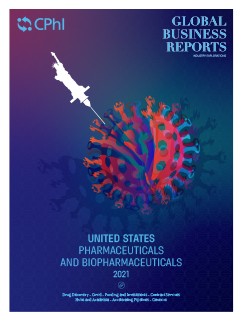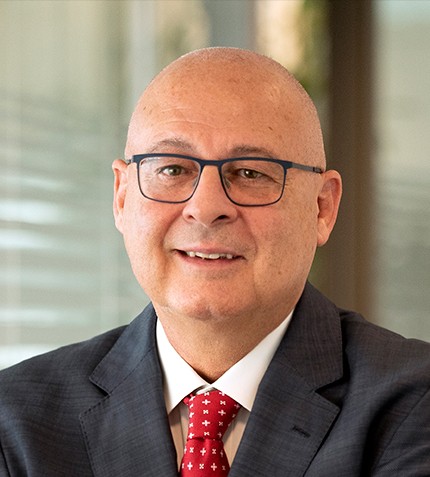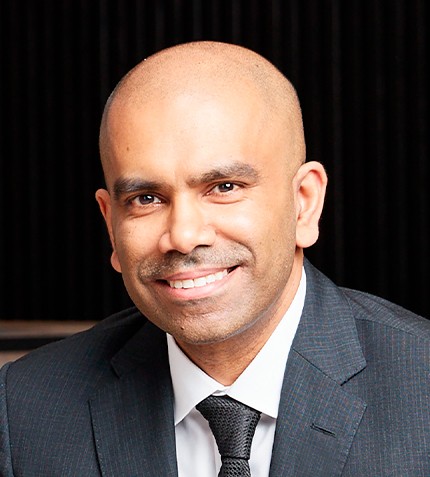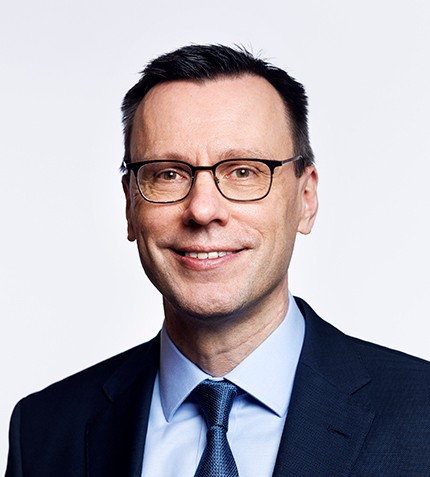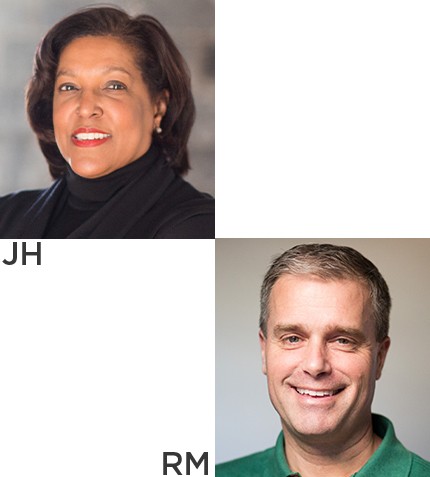
"We got the idea to start a company dedicated to bringing assets off the shelf, generate new scientific data and to quickly move these drugs into the clinic."
RELATED PUBLICATION
Joyce Harp & Robert Maxwell
CEO & PRESIDENT, FEROX THERAPEUTICS
What inspired you to create Ferox Therapeutics?
JH: Robert and I worked together for approximately six years at Regeneron Pharmaceuticals. During our time there, we worked in the space of pre-IND to commercial and we saw an opportunity to develop drugs that were shelved. We got the idea to start a company dedicated to bringing assets off the shelf, generate new scientific data and to quickly move these drugs into the clinic. We started Ferox with the idea of pursuing concepts with strong science, ideally some clinical data, and then quickly moving into the clinic.
Can you elaborate on Ferox’s business model?
RM: We do convincing experiments in both animal and non-animal models to assure ourselves that our hypothesis has traction before we bring an asset into the company. What happens with a significant number of small companies is that they have a lot of money tied up in a single asset and thus feel compelled to keep spending on this asset. Ferox’s model is to try and avoid bringing in the asset until we have real confidence that it is something that we want to develop.
JH: Our first foray into our venture was a partnership with an organoid company. We used a human islet model and tested screen compounds in the system to look for insulin/glucagon secretion under different conditions. The next step is then, if you have a hit, to try and find something that is marketed so that you can do a research study in patients. We aim to get into the clinic as quickly as possible. We used human islets from deceased donors, modeled it for diabetes in-vitro, then quickly went into the clinic with a similar asset with one of our hits that was already on the market.
You can do this fairly effectively with the FDA if you promise that you are not going to commercialize it because you have no IP position, but you can use that marketed compound to test it in the clinic under a research IND. We can thus fairly inexpensively determine whether an asset is a go or not.
What is the extent of the problem with metabolic disorders and what is the market size?
JH: From an investor standpoint, metabolic diseases is a high bar due to there being such a complex polygenic and environmental interaction, and cardio-metabolic diseases have been deemphasized in the investment community. COVID-19 has brought back the importance of obesity as it puts one at high risk. I hope that in the near future there will be a renewed interest from the markets and investors in chronic disease because of its interplay with acute viral infections such as we are seeing with the pandemic.
RM: In terms of metabolic disease, it is hard to quantify the size of the market as it is almost endless. Ferox is not going down the road of trying to develop the 11th or 12th mechanism for type-2 diabetes. That route is complex and expensive. We are going into areas within metabolic disease where it is serious and there is an extreme unmet need in the market, such as hypoglycemia.
What has been Ferox’s approach to funding?
JH: Ferox always starts with a good scientific idea and then establish who might be interested. We are a three year old company and we have been fortunate to attain funding early on. Our funding has carried us through 2020 with the pandemic in full swing, but we will need to fundraise in the near future.
RM: Ferox has taken a very global approach to fundraising and we are not only taking the traditional avenues. When talking to VCs, diabetes is a difficult topic as it is a very expensive and long road. We decided to go down the route of the Helmsley Charitable Trust. This is a US$5.5 billion fund, which carved out a specific silo for funding opportunities to improve treatments for type-1 diabetes, as one of the trustees, a grandson of Leona Helmsley the founder, has two sons with the disease. We have taken a creative route to funding, which has allowed us to maintain our business and a great deal of flexibility in what our next steps will be.




